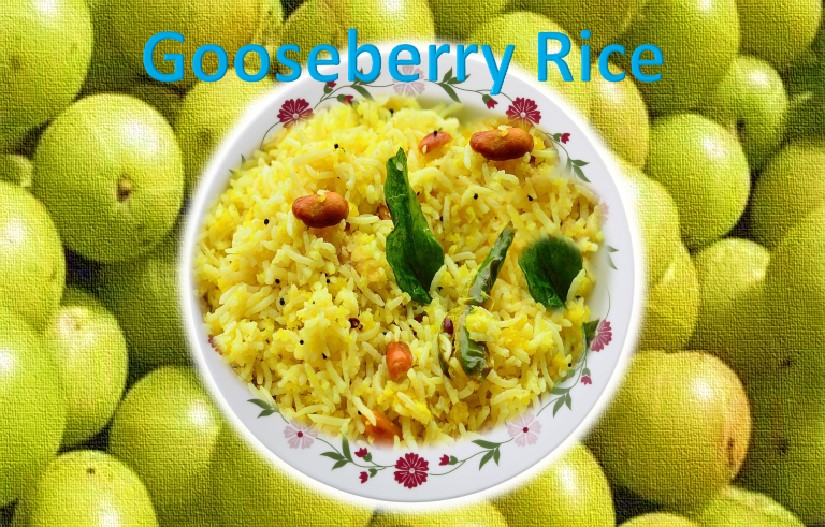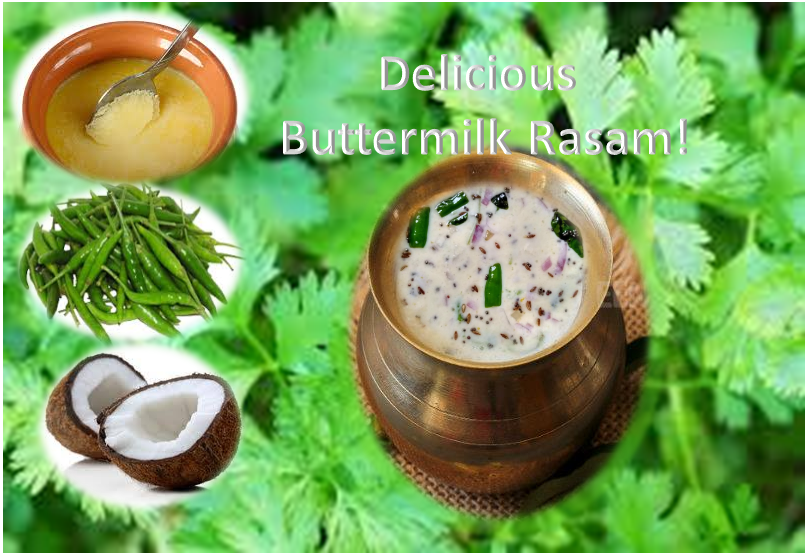
Ash gourd halwa and Ash gourd kootu
One way to keep stomach worms and stomach ulcer is consuming a good vegetable namely Ash gourd. Winter time of the year we can see Ash gourd or winter gourd often in the vegetable market. Instead of neglecting and walking away from this good vegetable, this year try these two delicious dishes namely ash gourd halwa and ash gourd kootu.
Ash gourd supplies several important nutrients to system – calcium, potassium, iron and some amount of Vitamin C. Ash gourds helps in weight control due to good amount of water content and supplies less or no calorie. Drinking ash gourd juice helps to reduce stomach ulcer. Another benefit of ash gourd is – its seeds can be used with coconut oil to control dandruff! With all these good health benefit, it has another important role in kitchen. One can prepare various types of curries and sweets using this vegetable!
Ash gourd halwa or Khashi halwa also known Dum root is a sweet dish prepared using grated ash gourd with sugar and clarified butter (ghee). It is a traditional, delicious sweet one can prepare on festival occasion. During winter eating hot khashi halwa gives a kick to the system and keeps system warm!
Ash gourd kootu is similar to sambar and is very delicious. Easy to prepare and can have with chapatti, roti and rice.
Ash gourd halwa
Ingredients:
- Grated ash gourd – 8 cups
- Sugar – 1 and ½ cup
- Clarified butter (ghee) – 6 Tbs
- Cashew pieces – 1 Tbs
- Raisin – 1 Tbs
- Saffron – Few strands – soak in little milk
- Cardamom powder – ¼ tsp
Preparation:
- Wash and peel ash gourd skin. Cut and remove seeds. Grate the amount you wanted and keep it side
- After few minutes squeeze and remove water from grated ash gourd and transfer grated ash gourd to thick bottom pan.
- Place the pan on medium heat and stir it. Let the remaining water evaporate from the grated gourd.
- Add sugar and mix well. Continue stirring till you get thick mix.
- Add saffron strands with milk, two Tbs of ghee and continue mixing. When the mix starts getting to halwa thickness, reduce the heat.
- Add more amount of ghee, followed by cardamom powder. Continue stirring. After few minutes halva mix separates from the ghee. Turn of the heat.
- In a frying pan take little amount of ghee and heat under low heat. Add cashew and fry to golden brown color. Add raisin and fry for couple of seconds. Turn of the heat and transfer this nut mix to halwa.
- Serve hot ash gourd halva with other snacks – aloo bonda, pakora or it can be a dessert after dinner too!
Ash gourd kootu
Ingredients:
- Ash gourd – ¼ kg pieces
- Green chilli – 4
- Grated coconut – ½ cup
- Chenna daal – ¼ cup
- Cumin – 1 tsp
- White rice – 1 tsp (soak for few minutes)
- Turmeric powder – 1 tsp
- Salt – as per your taste
- Small onion – 1
- Mustard – 1 tsp
- Curry leaves – Few
- Coconut oil – 1 tsp
Preparation:
- Remove ash gourd skin and seeds. Cut white pulp into small cubes
- Soak chenna daal for an hour and pressure cook daal. It should be soft
- Using a grinder, grind coconut, green chilli, cumin and rice to a paste.
- In a deep container add little cooking oil and heat on medium flame. Add ash gourd piece and stir it for couple of minutes. Add turmeric powder, salt and little water and cook by covering the lid. Let the vegetable cook soft.
- Now add cooked Chenna daal and mix well. Add grounded coconut masala mix, cut onion pieces and mix well. Boil the content for few minutes.
- In a small frying pan, heat coconut oil (other cooking oil can be used to too) and add mustard and curry leaves. Pour this seasoning on top of kootu and serve kootu hot with chapatti, rice or as a side dish for lunch or dinner!
Recipe: www.werindia.com
Author: HealthyLife | Posted on: December 5, 2017








